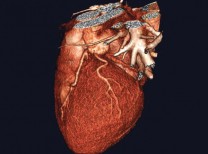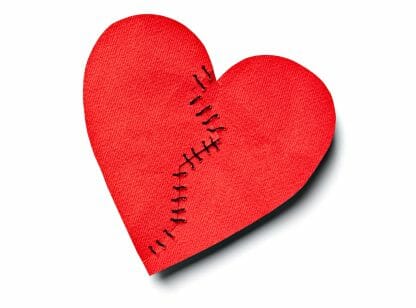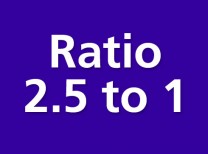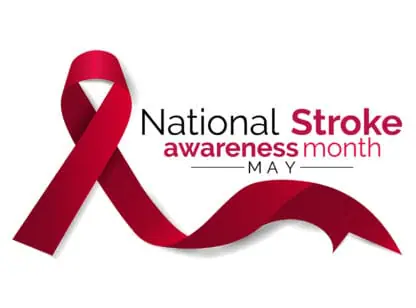Picture yourself driving down the highway on a sunny afternoon, when all of a sudden, a sea of brake lights appears in front of you: a traffic jam! This slowdown is something most of us Southern Californians experience regularly. Peripheral arterial disease (PAD) is like a traffic jam; however, it takes place in our arteries.
The Society for Vascular Surgery estimates that PAD affects over 10 million people in the United States, and the CDC estimates that at least 10 percent of those over the age of 60 will develop PAD. This traffic jam may be caused by a variety of things, but most commonly atherosclerosis: a sticky blob made of fat and cholesterol taking up precious real estate in our inner arterial walls. This slowdown of blood flow may occur in any artery in our body, but most often in the legs.
Many lifestyle choices and medical conditions increase the risks of developing PAD including smoking, uncontrolled high blood pressure, diabetes, high cholesterol, obesity, living a sedentary lifestyle, and being above the age of 60.
In my traffic jam analogy, cars and people can be viewed as the vital red blood cells carrying oxygen and other nutrients, while the highways are our arteries. A common symptom for PAD is pain in the legs with physical activity. When there is narrowing or occlusion of an artery, not enough oxygen and nutrients reach the muscles that are working harder; hence, pain and cramping commonly occur. Other symptoms include hair loss with smooth, shiny skin, cool to the touch extremities, decreased or absent pulses, cold or numb feet and toes and sores or ulcers on the legs that do not heal.
If your doctor suspects PAD, they will order vitals test to diagnose the problem, such as an Ankle-Brachial Index (ABI) test, to measure blood pressure in the legs and arms and provide a ratio. A low ratio is indicative of PAD or an occlusion. Another exam that can aid in diagnosing PAD is a duplex ultrasound. If further studies are needed, your doctor may order a CT angiography.
Treatment varies depending on the severity of the disease. Smoking cessation, lifestyle modifications and better control of medical illnesses are of utmost importance for the best outcome. The first and best step in treating mild-moderate PAD is with an exercise therapy program to help make new arteries (side streets) and re-route the oxygen-rich blood to bypass the traffic jam. Prescription medication may also help.
However, more severe cases of PAD, such as non-healing foot ulcers, will require intervention. In these cases, there are numerous treatment options and each has its advantage. If the narrowing in the artery is a short segment, then balloon angioplasty or stent placement can be utilized, which opens up the diseased segment to allow more blood flow. We also can “rotor-rooter” through the blood vessels to shave the plaque circumferentially through the arterial wall. Yet, another option of treatment is to place a graft to bypass the stenosis or obstruction. This method is more extensive as it is a longer surgery with a few days of hospital stay. Essentially, the bypass allows blood to flow through an alternate pathway bypassing the area, which is irreversibly and severely diseased.
Treatment combined with exercise and lifestyle modifications should improve blood flow through our highways and allow for better traffic flow.
Dr. Gasparyan is a board-certified vascular surgeon with Desert Vascular Associates in Palm Desert. She can be reached at (760) 902-1511 or at www.desertvascularassociates.com.












































Comments (0)